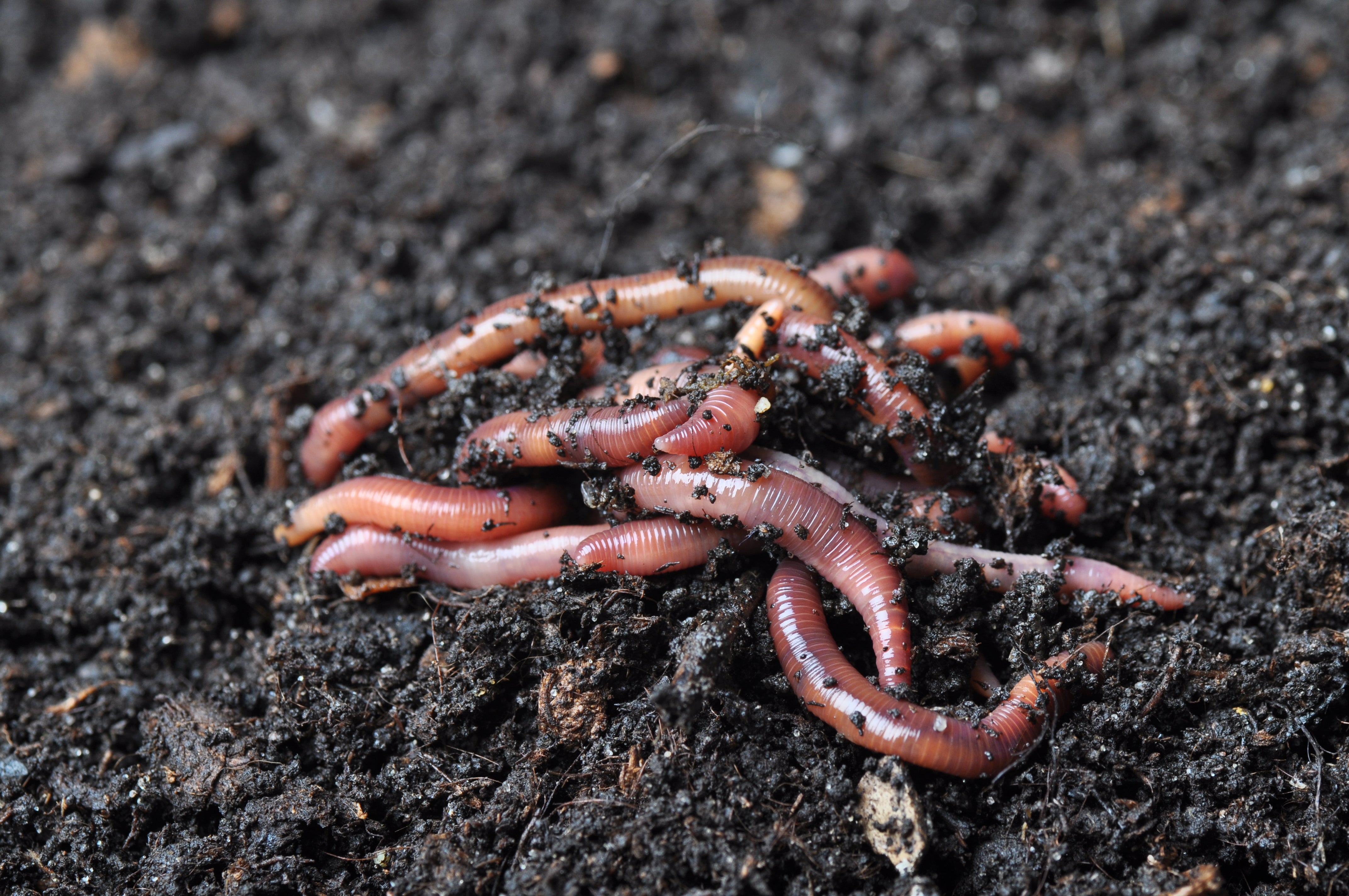Use Lake Hickory Bait for Remarkable Lawn Health and Gorgeous Greens
Use Lake Hickory Bait for Remarkable Lawn Health and Gorgeous Greens
Blog Article
Unlock the Tricks of Red Wigglers: Your Guide to Composting Success
The assimilation of red wigglers into composting practices presents a substantial chance for boosting dirt health and wellness and promoting sustainability. These microorganisms are not merely effective recyclers of natural waste; they use a myriad of advantages that can transform garden administration. Comprehending their needs and habits is essential for maximizing their capacity, from setting up an appropriate worm container to feeding them the best materials. As we discover the important parts of effective vermicomposting, one might ask yourself how these small creatures can cause a much more lively and productive garden ecological community.

What Are Red Wigglers?
(Red Wiggler Express)Red wigglers, scientifically referred to as Eisenia fetida, are a types of earthworm mainly utilized in composting due to their impressive ability to decompose raw material successfully. These worms are defined by their reddish-brown pigmentation and a fractional body, generally measuring in between 3 to 4 inches in size. Unlike other earthworm varieties, red wigglers grow in rich, organic settings, making them perfect for vermicomposting systems.
Indigenous to North America, they are typically located in decomposing fallen leaves and compost stacks, where they play a vital role in nutrient recycling. Their adaptation to living in a damp, aerobic atmosphere allows them to eat big quantities of natural waste, simplifying into nutrient-rich spreadings that enhance dirt health and wellness.
Red wigglers duplicate quickly, with a solitary worm qualified of creating several cocoons weekly, each having numerous hatchlings. This rapid reproduction rate contributes to their effectiveness in composting operations. They favor temperatures between 60 ° F and 80 ° F, and their activity level raises substantially within this array, more helping in the decomposition procedure. Understanding the biology and habits of red wigglers is important for maximizing their capacity in composting applications.
Benefits of Using Red Wigglers
Harnessing the power of red wigglers in composting uses countless benefits that enhance soil health and wellness and promote lasting waste management. These amazing organisms efficiently damage down natural matter, transforming kitchen scraps and lawn waste right into nutrient-rich vermicompost. This completed item is extremely useful for plant development, as it improves soil structure, raises moisture retention, and boosts vitamins and mineral schedule.

(Red Wiggler Express)In addition, the existence of red wigglers in your composting system can accelerate the composting procedure, producing premium compost in a portion of the time contrasted to conventional methods. The spreadings produced by these worms are likewise including helpful microbes that additionally enrich the dirt ecological community.
Establishing Your Worm Bin
Creating an efficient worm container is a simple procedure that can considerably enhance your composting initiatives. Worm bins can be made from plastic storage space bins, wood boxes, or commercially offered worm bins.
Next, prepare the bed linens material, which offers as the worms' habitat. A mix of shredded paper, cardboard, and coconut coir functions well, giving a comfortable environment for the worms.

Feeding Your Red Wigglers
To guarantee the health and efficiency of your red wigglers, it is important to supply them with a well balanced diet plan that satisfies their dietary demands. Red wigglers flourish on a varied selection of organic materials, which not only supply necessary nutrients yet also promote efficient composting.
Start by incorporating kitchen scraps such as vegetable peels, fruit cores, and coffee grounds. Stay clear of citrus fruits, onions, and garlic, as these can be damaging to worm wellness. Furthermore, introduce shredded paper, cardboard, and completely dry leaves to produce a well-aerated setting.
Feeding regularity must be checked; generally, worms can consume half their body weight in food weekly. It is crucial to prevent overfeeding, as excess food can bring about undesirable smells and bring in insects. A great technique is to include food in percentages, enabling worms to process it before introducing much more.
Keeping wetness levels is also vital; the bed linen should be damp but not soggy. Be sure to on a regular basis inspect the temperature and pH degrees of the bin to make sure an optimum atmosphere for your red wigglers, inevitably enhancing their composting performance.
Harvesting and Utilizing Compost
An effective composting procedure with red wigglers culminates in the abundant, dark garden compost recognized as vermicompost, which can considerably enhance soil health and plant growth. Gathering this nutrient-dense product commonly takes place every 3 to 6 months, relying on the size of your system and the amount of raw material being processed.
To harvest, delicately different the garden compost from the worms and any undecomposed materials. One efficient method includes moving the components of the container away and including fresh bed linen and food to the void, motivating the worms to migrate. After a couple of days, the garden compost can be accumulated from the opposite side.
It is vital to use vermicompost correctly to optimize its advantages. It can be made use of as a top dressing for yard beds, blended into potting dirt, or brewed into a nutrient-rich fluid fertilizer referred to as "worm tea." This application method assists to deliver crucial nutrients directly to plant roots, promoting healthier growth. By including vermicompost right into your gardening regimen, you not only reuse natural waste yet likewise produce a successful ecological community that supports sustainable horticulture practices.
Verdict
In recap, red wigglers work as remarkable allies in composting initiatives, transforming natural waste into nutrient-rich vermicompost (Red Wiggler Express). Their special biological characteristics and reliable waste processing capacities add significantly to lasting horticulture techniques. By comprehending the optimum conditions for their environment, feeding requirements, and garden compost harvesting strategies, gardeners can enhance soil Discover More Here wellness and advertise plant vigor. Accepting vermicomposting not only minimizes garbage dump waste yet likewise fosters a more environmentally liable method to horticulture and source management.
Report this page